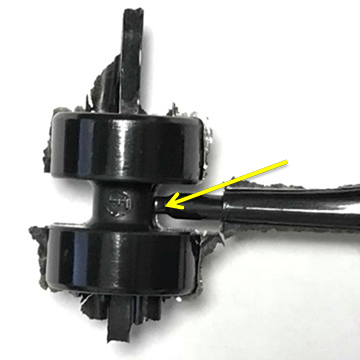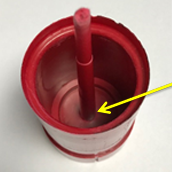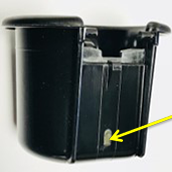Gate Types in Thermoset Injection Molding
In an injection molding process, material flows from the molding machine into the mold cavity with a sprue or runner channel system. The area where the runner meets the molded part is called the gate. In thermoset injection molding, mold designers and processors have various gate options at their disposal to mold acceptable parts with as little waste. One variable in a mold design is the gating including gate types, locations, and gate sizes. Different gate types include edge gates, sub-gates, and center sprue gates. Even among different gate types, the geometry and size of the gates can be modified based on the molded part, its drawing specifications, and requirements to properly fill the part in the mold.
After molding, depending on the drawing specifications of the parts, gating such as edge gates may need to be trimmed or cut flush to the part wall. This can be done manually by hand with cutters, via a machining fixture, or automated with automation equipment depending on the part program and its volume requirements. In addition to gate location and type, designers and processors will need to understand any restrictions on the part where a gate is not allowed. Aside from gating, OEMs and molders will need to review parting line locations. Parting line or weld line is the area opposite of the gate where the plastic meets. This area can potentially be weaker than other areas of the part. Designers and processors must work with OEMs prior to the mold build to understand where a gate and parting line may be allowed and where it cannot be placed.
Three Examples Common Gate Types:
Edge Gate – Gated at the edge of a part on a parting line, edge gates are generally used in applications with flat parts, multi-cavitation parts, and parts with thick walls. Edge gates will leave gate vestige or gate marks on the physical part, requiring a manual gate trim secondary operation.
Center Sprue Gate – Center sprue gates are used in single cavity cylindrical parts that must be filled symmetrically to keep roundness specification. As with edge gates, center sprue gates will require manual cutting or trimming of the gate vestige.
Sub Gate – Sub gates are an automatic style gate designed with features built into the mold so that as the molded part ejects from the mold, the gate trims off any excess material or vestige on the diameter. Location of the sub-gate should be roughly .125” below the parting line to be effective.






Comments are closed